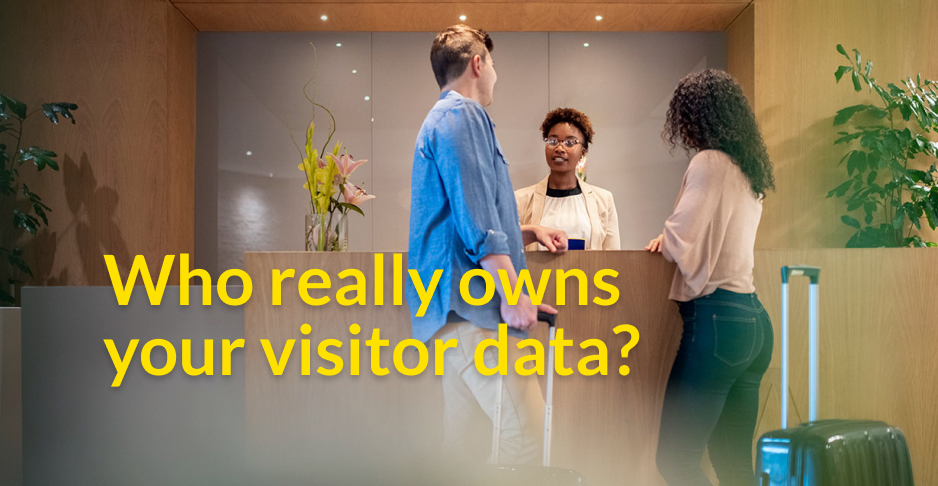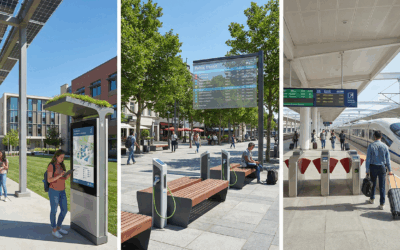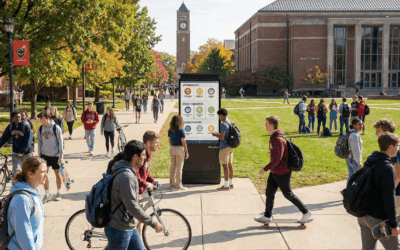The Data Gold Rush
In the age of digital everything, data is the new oil—and tourism is one of its richest wells. Every hotel search, ticket purchase, review, or itinerary generates behavioral data, and that data holds immense value: it tells you who your visitors are, what they’re looking for, when they engage, and how they prefer to interact.
But here’s the catch: most of this data doesn’t belong to the businesses actually delivering the experience.
It belongs to the platforms.
Online Travel Agencies (OTAs), Google, TripAdvisor, and social media platforms have positioned themselves as gatekeepers of tourism. They own the customer journey—from discovery to booking to post-visit reviews—while hotels, attractions, and DMOs are often left in the dark.
This silent battle for data is costing the industry billions—in lost insights, inflated acquisition costs, and weakened customer loyalty.
But there’s a shift underway.
Smart, interactive kiosks—like those powered by HootBoard—are helping travel businesses flip the script. By placing data-collecting touchpoints on-site and at key moments in the visitor journey, tourism providers can finally reclaim first-party data, build direct relationships, and unlock smarter marketing, better personalization, and more profitable growth.
The Problem: A Broken Value Exchange
Let’s take a typical hotel booking as an example.
A traveler finds your hotel on Google, clicks through to an OTA (e.g., Booking.com), makes a reservation, and shows up at your front desk.
From start to finish, you—the hotel—might only know the traveler’s name and email, while the OTA knows:
- Their browsing history
- Preferred room types
- Length of stay trends
- Booking behaviors across multiple properties
- Conversion drivers
- Cancellation risks
Worse, that OTA may now retarget your guest for their next trip—at your competitor’s property.
This dynamic is not limited to hotels. Attractions and DMOs face similar data blackouts. Whether it’s a museum, a zoo, or a city tourism board, these organizations rarely see:
- Where visitors come from
- What brought them in
- What they liked or disliked
- Whether they visited nearby businesses
- If they’ll come back
Instead, that data flows to social media platforms, ticketing providers, or search engines—leaving the experience owners with very little visibility.
The Cost of Data Disconnection
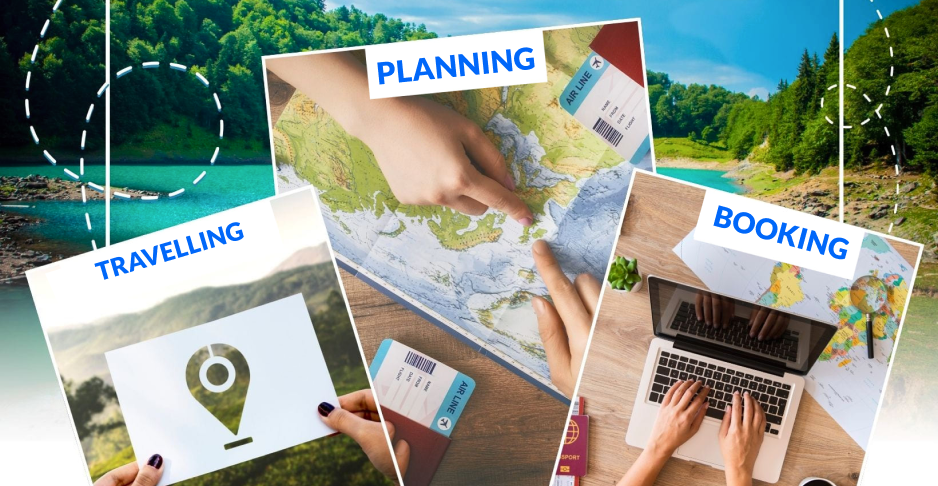
This lack of first-party data has cascading effects:
1. Skyrocketing Acquisition Costs
Relying on third-party platforms means constantly paying to reach your own audience. According to Skift, commission rates on OTAs range from 15–30%, which is eating directly into margins.
2. Limited Personalization
Without user data, you can’t tailor offers, recommend upsells, or create dynamic pricing strategies. This leads to flat experiences and reduced conversion.
3. Weakened Loyalty
Guests feel no direct bond with your brand because all touchpoints are mediated by platforms. Retention suffers.
4. Poor Strategic Planning
Without visitor data, it’s impossible to understand trends, refine offerings, or optimize operations effectively.
The irony is stark: even though these businesses host the visitor, they often have the least insight into the visitor’s journey.
The Solution: Turning Kiosks into First-Party Data Engines
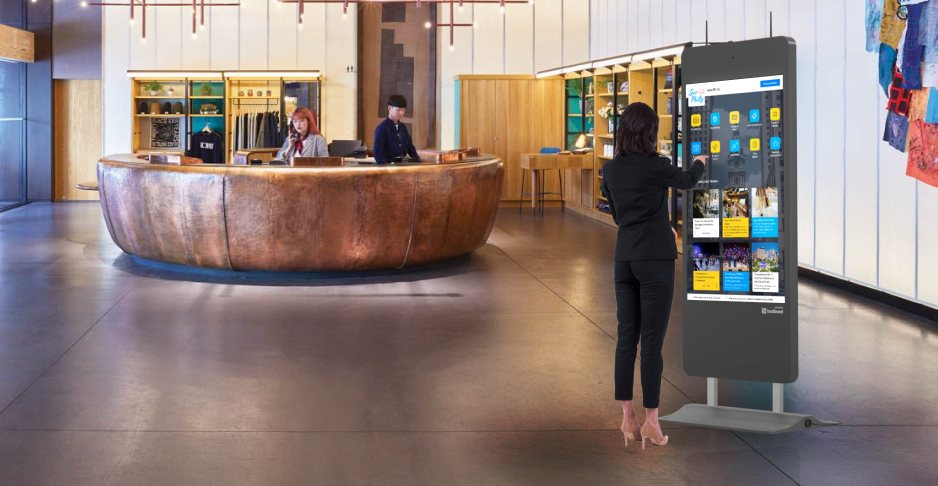
This is where smart kiosks change the game.
Kiosks—strategically placed in hotel lobbies, attraction entrances, visitor centers, and transportation hubs—are more than just information stations. They are data-generating assets that help reclaim control of the visitor relationship.
How It Works:
- Touchpoints with Purpose: As guests check in, explore, or look for things to do, they interact with kiosks to discover events, offers, directions, maps, and experiences.
- Micro-Engagements = Macro Insights: Every tap, search, and click generates anonymized behavioral data.
- Voluntary Opt-ins: Guests can sign up for event reminders, local guides, discounts, or loyalty programs—directly feeding your CRM, not a third-party database.
- Contextual Relevance: Because the kiosk is on-location, users are more engaged and likely to share preferences or opt in for alerts that matter.
This gives businesses the opportunity to build rich visitor profiles, not just transactional logs.
Real-Life Use Case: Destination Data Reclamation
Let’s take a fictional DMO for the coastal city of “Bayport.”
Bayport receives 1.2 million tourists annually. Historically, the DMO relied on third-party platforms to infer insights about visitor demographics and behavior.
After installing HootBoard kiosks across three key locations—the main visitor center, train station, and boardwalk—they began collecting:
- Zip codes of visitors (via survey opt-ins)
- Top searched attractions
- Peak hours of foot traffic
- Popular event interest
- Feedback on services and amenities
Within 6 months, Bayport’s tourism board was able to:
- Launch geo-targeted ad campaigns
- Identify under-promoted attractions
- Adjust shuttle schedules based on real-time usage
- Improve local business partnerships by sharing referral data
This is the power of first-party insights—actionable, hyper-local, and directly tied to your operational strategy.
Benefits for Each Stakeholder Type
Let’s break this down by vertical:
🏨 Hotels
- Capture email opt-ins at check-in or concierge kiosk
- Offer hyper-local recommendations to enhance experience
- Promote on-site amenities (spa, bar, dining) dynamically
- Track which services drive the most guest engagement
- Integrate with loyalty programs and upsell offers
Hotels can use kiosks to shift bookings from OTAs to direct relationships—helping them reduce commissions and improve retention.
🗺️ DMOs (Destination Marketing Organizations)
- Build a city-wide network of kiosks for cohesive messaging
- Promote seasonal events, guided tours, and local businesses
- Use interaction data to target campaign spending more effectively
- Generate sponsorship revenue from featured partners
- Coordinate with transportation and hospitality stakeholders
DMOs become not just marketers—but data-driven strategists.
🏛️ Tourist Attractions
- Enable faster, more informed check-ins
- Promote membership programs or annual passes
- Collect visitor feedback via short surveys
- Offer self-guided experiences through interactive maps
- Provide real-time crowd insights to manage visitor flow
Attractions gain a new layer of operational insight—and an opportunity to re-market to past visitors effectively.
Addressing the Privacy Concern
Of course, data collection must be done transparently and ethically.
HootBoard’s kiosks are GDPR- and CCPA-compliant, offering:
- Voluntary opt-ins
- Clear consent prompts
- Anonymized behavior tracking
- Secure data storage
This builds trust while still delivering value. In fact, studies show that 72% of users are willing to share data if they receive useful services or offers in return (Salesforce, 2023).
Competitive Edge: Owning the Customer Journey
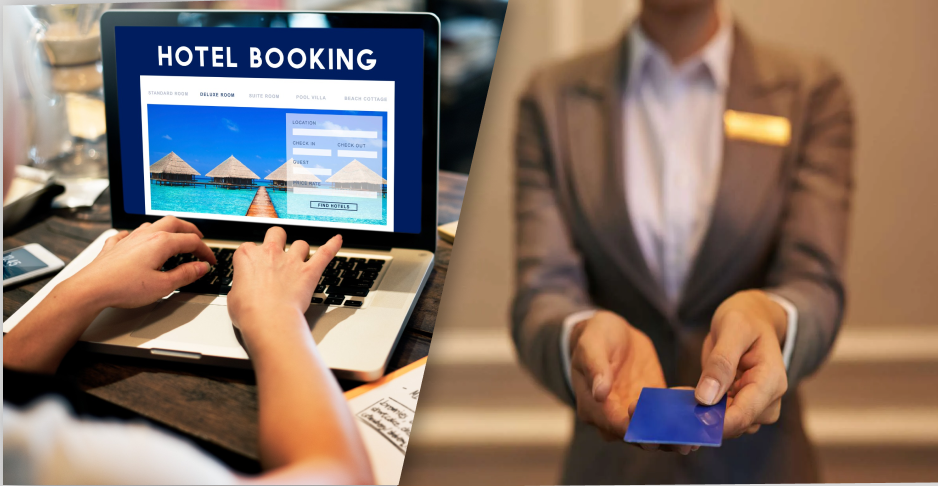
Imagine this:
- A traveler arrives in your city.
- They see a kiosk in the airport showcasing your hotel and top attractions.
- They check in at your hotel using a kiosk, get personalized local recommendations, and sign up for daily event alerts.
- During their stay, they use kiosks to explore things to do and even get dining discounts.
- After they leave, you email them a thank-you note and offer a 10% discount for their next visit.
This is a direct, brand-owned customer journey—and none of it requires Google, Facebook, or OTAs to mediate.
Kiosks are the infrastructure that makes it possible.
Final Thoughts: Data Is a Right, Not a Luxury
In the tourism industry, those who own the data own the future.
OTAs and platforms aren’t evil—they’ve simply filled a gap. But that gap is closing. Hotels, attractions, and DMOs now have the tools to take back control—and HootBoard kiosks are a key part of that arsenal.
By strategically placing kiosks where travelers live, move, and explore, you can turn passive spaces into active data collection hubs, creating a flywheel of insights that powers smarter marketing, stronger relationships, and higher margins.
Don’t just deliver experiences. Own the relationship behind them.

